Machine learning techniques th e more images in the dataset we. Extraoral radiograph Panoramic X-ray Tomograms Cephalometric projections Sialography Computed tomography 10.

Fastai Object Detection Applied To Dental Periapical X Rays By John Persson Analytics Vidhya Medium
In these situations the bisecting angle technique may be used.
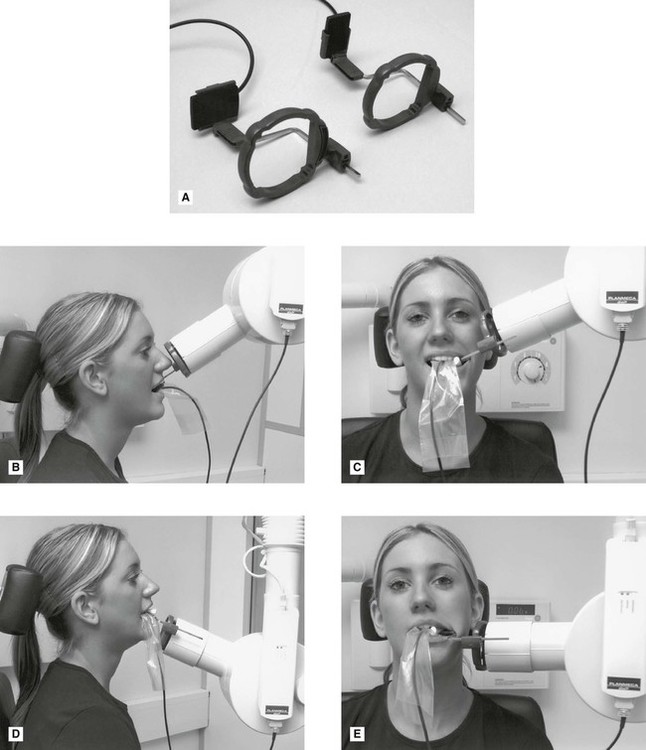
. Occlusal X-rays show full tooth development and placement 9. A periapical x-ray is one that captures the whole tooth. Changes to the angulation of the X-ray beam in relation to the teeth and film can help diagnosis and treatment by producing images which provide additional information not alway.
Each periapical X-ray shows all teeth in one portion of either the upper or lower jaw. What are two techniques for obtaining periapical images. Single periapical radiographs are often made of individual teeth or groups of teeth to obtain information for treatment or diagnosis of localized diseases or abnormalities.
Both techniques have advantages and disadvantages. Ensure they are seated high enough so it is easy to see the occlusal. Periapical film is held parallel to the long axis of the tooth using film-holding instruments.
It shows everything from the crown chewing surface to the root below the gum line. Paralleling Technique for Periapical X-rays The paralleling technique results in good quality x-rays with a minimum of distortion and is the most reliable technique for taking periapical x-rays. Most frequently used radiography is for the periapical which is performed by the bisecting Thus when considering the execution of the radiographic technique and the possibility of errors that occur during the exposure of X-ray image XR receptors it is important to identify those that occur more frequently.
Periapical X-rays show the entire tooth from the exposed crown to the end of the root and the bones that support the tooth. The X-ray head is directed at right angles vertically and horizontally of both the tooth and the image receptor. The image receptor is placed in a holder and positioned in the mouth parallel to the long axis of the tooth under.
Periapical X-rays are used to detect any abnormalities of the root structure and surrounding bone structure. The paralleling and the bisecting angle technique Figures 1 and 2. Since the slope and curvature of the dental arches and the alveolar processes will not permit the film to be held close to the teeth.
The paralleling technique results in good quality x-rays with a minimum of distortion and is the most reliable technique for taking periapical x-rays. For this purpose a special technique of periapical radiography was developed by Gordon M. With this technique the film is placed parallel to the long axis of a tooth allowing the X-ray to be focused perpendicular to the long axis of the tooth.
The bisecting short-cone and. The X-ray tubehead is then aimed at right angles vertically and horizontally to both the tooth and the image. Demonstration on how to take periapical x-ray using bisecting angle technique.
Fitzgerald called as paralleling or long cone technique. The film is placed parallel to the long axis of the tooth in question and the central x-ray beam should be directed perpendicular to the long axis of the tooth. The extraoral periapical radiographic technique was performed for both maxillary and mandibular teeth using Newman and Friedman technique2.
The X-ray is taken and the exposed plate is then loaded into a scanner or processor which reads the image. The Bisecting Angle Technique is an alternative to the paralleling technique for taking periapical films. A full mouth intraoral examination consists of 14 periapical radiographs with two bite-wing films and provides an image of all teeth and related structures.
The central ray is directed to pass at a perpendicular angle to both the tooth and the film. Periapical radiographic techniques during endodontic diagnosis and treatment Int Endod J. The paralleling technique results in good quality x-rays with a minimum of distortion and is the most reliable technique for taking periapical x-rays.
Each periapical x-ray shows a small section of your upper or lower teeth. Periapical film is held parallel to the long axis of the tooth using film-holding instruments. These X-rays are used to find dental problems below the gum line or in the jaw such as impacted teeth tooth fractures abscesses tumours and bone changes linked to some diseases.
The film is placed parallel to the long axis of the tooth in question and the central x-ray beam should be directed perpendicular to the long axis of the tooth. Two types of exposure techniques may be used for intraoral periapical radiography. A long cone is used to take x-rays with paralleling exposure techniques.
By using a filmsensor holder with fixed image receptor and. The film is placed parallel to the long axis of the tooth to be radiographed and the central beam of X-ray is directed at right angle to the film and the teeth. The bisecting short-cone and paralleling long-cone techniques are two of the most commonly used techniques.
The paralleling technique is recommended for routine periapical radiography but there are some instances when it is very difficult due to patient anatomy or lack of cooperation. By using a film sensor holder with still. Periapical views are used to record the crowns roots and surrounding bone.
To take a periapical exposure the hygienist or x-ray technician places a small photosensitive imaging plate coated with phosphorus into a sterile wrapper and inserts it into the patients mouth just like a conventional X-ray film card. Periapical X-rays. Single periapical radiographs are often made of individual teeth or groups of teeth to obtain information for treatment or diagnosis of localized diseases or abnormalities.
The patient was positioned upright with hisher mouth was opened as wide as possible to allow the X-ray beam to pass to the sensor unobstructed from the opposite side of the mouth. Periapical X-ray images expor ting results and reading results. The patient is seated upright in the dental chair and should remove any removable dental appliances glasses or jewelry that could interfere with the X-ray beam.
Different techniques and instruments are used to drain and decompress large periapical lesions ranging from placing a stainless steel tube into the root canal exhibiting persistent apical exudation 202 204 which is non-surgical decompression to placing polyvinyl or polyethylene tubes through the alveolar mucosa covering the apical lesion which is surgical. Parallel technique The image receptor is placed in a holder and placed in the mouth parallel to the longitudinal axis of the tooth under. These x-rays are often used to detect any unusual changes in the root and surrounding bone structures.
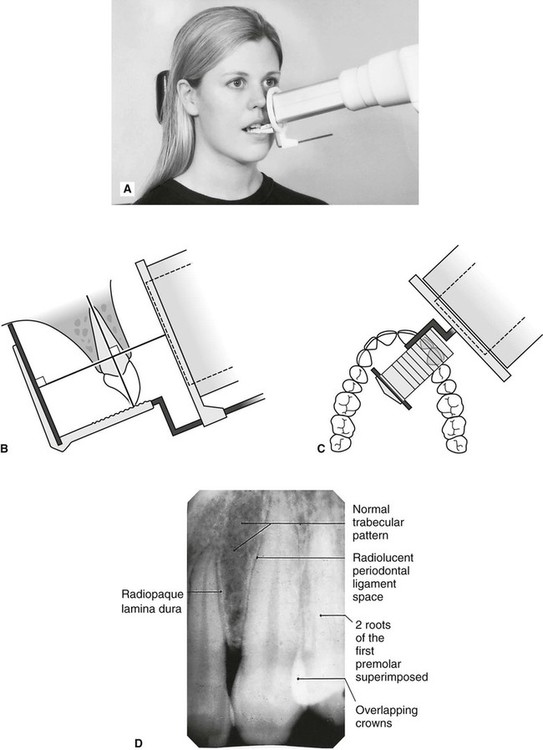
Periapical Radiography Pocket Dentistry
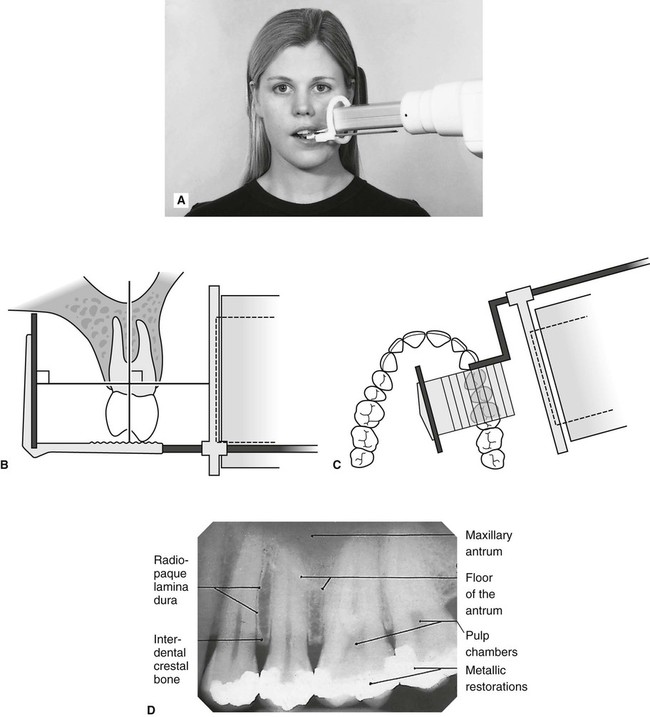
Periapical Radiography Pocket Dentistry
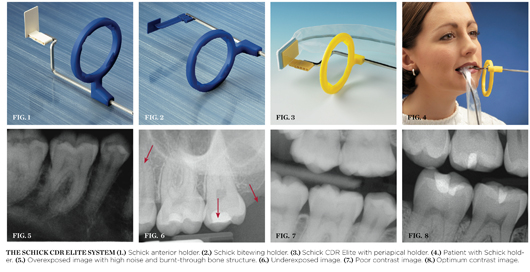
Cdr Elite September 2010 Inside Dentistry

Periapical Radiography Pocket Dentistry

Periapical Radiography Pocket Dentistry

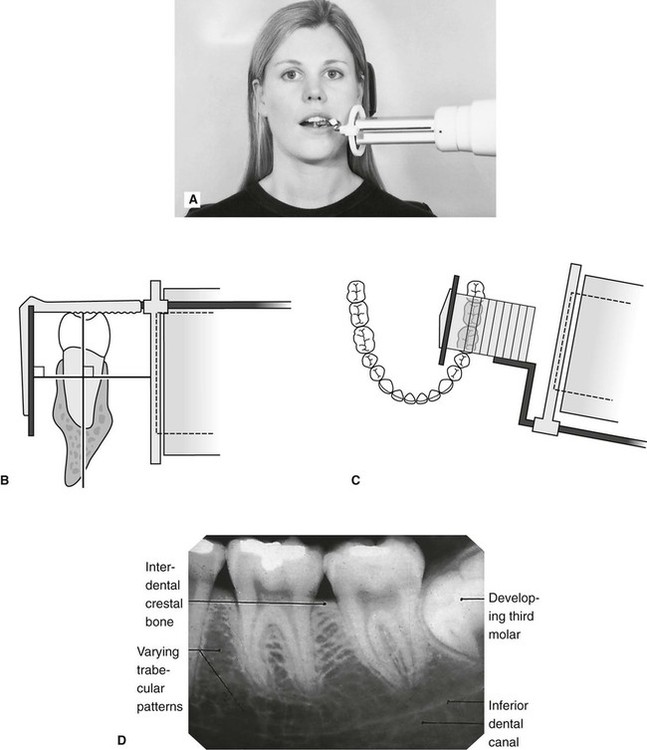

0 comments
Post a Comment